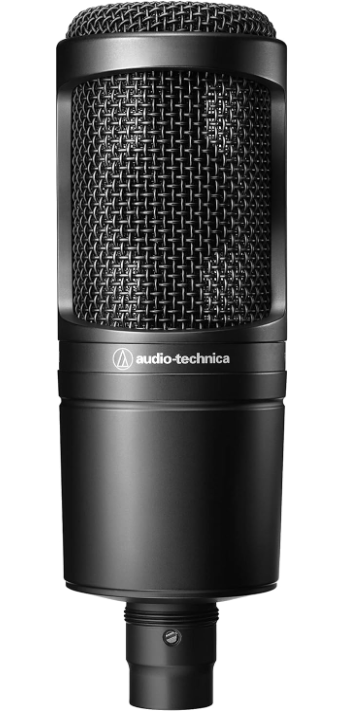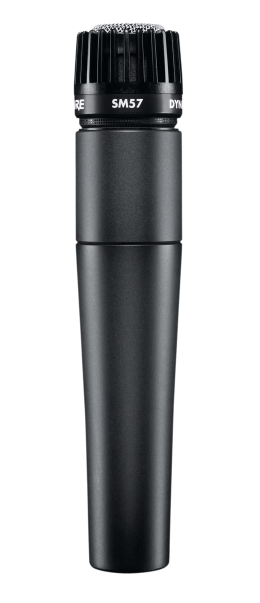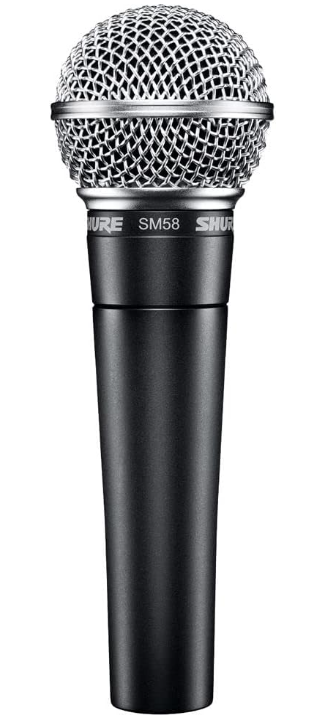Microphones are a fundamental tool in the world of audio, whether you’re in a studio, on stage, or broadcasting live. Choosing the right microphone can make a significant difference in sound quality and performance. In this guide, we’ll delve into the critical differences between condenser and dynamic microphones, helping you determine which is best suited for your needs.
Understanding How Microphones Work
To fully appreciate the differences between condenser and dynamic microphones, it’s important to understand how they operate. While both types convert sound waves into electrical signals, their mechanisms differ significantly.
Condenser Microphones
Condenser microphones operate using a capacitor, also known as a condenser. Inside the microphone, a thin diaphragm is positioned near a backplate. When sound waves hit the diaphragm, it vibrates, altering the distance between the diaphragm and the backplate. This change in distance generates an electrical signal, which is then captured and processed. The result is a highly sensitive microphone capable of capturing a broad range of frequencies, making it ideal for recording intricate details in a controlled environment.
Dynamic Microphones
Dynamic microphones, on the other hand, utilize electromagnetic induction to convert sound into an electrical signal. A coil of wire is attached to the diaphragm, and when sound waves strike the diaphragm, it moves the coil within a magnetic field, producing an electrical signal. This design makes dynamic microphones less sensitive than condensers but highly robust, capable of handling high sound pressure levels without distortion. As a result, they are well-suited for live performances and loud sound sources.
Sensitivity and Frequency Response: What to Expect
One of the primary distinctions between condenser and dynamic microphones lies in their sensitivity and frequency response. Understanding these characteristics can help you choose the right microphone for your specific application.
Condenser Microphones: High Sensitivity and Detailed Sound
Condenser microphones are known for their high sensitivity, which allows them to pick up even the faintest sounds. This sensitivity is coupled with a wide frequency response, enabling them to capture the full spectrum of sound, from deep bass to shimmering highs. This makes them the preferred choice for studio recordings, where capturing every nuance is essential. However, their high sensitivity also means they are more likely to pick up background noise, making them less ideal for noisy environments.
Dynamic Microphones: Rugged and Reliable
Dynamic microphones, while less sensitive than condensers, are valued for their durability and reliability. They have a more limited frequency response, often focusing on mid-range frequencies, which can be advantageous for live performances and broadcasting. The reduced sensitivity helps minimize background noise, making dynamic microphones a go-to option for capturing loud sound sources, such as drums or electric guitar amplifiers, without distortion.
Power Requirements: Condenser vs. Dynamic
Another crucial factor to consider when choosing between a condenser and a dynamic microphone is the power requirement.
Condenser Microphones: Phantom Power Needed
Condenser microphones require external power, commonly referred to as phantom power, which is usually supplied at 48V from an audio interface, mixer, or dedicated power supply. This power is necessary to maintain the electrical charge between the diaphragm and the backplate. While this adds a layer of complexity, it also contributes to the microphone’s ability to capture high-quality, detailed sound.
Dynamic Microphones: No External Power Required
Dynamic microphones, by contrast, do not require any external power to function. This makes them more straightforward and versatile, especially in situations where phantom power is not available or practical. Their self-sufficiency and rugged design make them ideal for on-the-go recording and live performances, where reliability is key.
Applications: Choosing the Right Microphone for Your Needs
The intended application is often the deciding factor when choosing between a condenser and a dynamic microphone. Each type excels in different environments.
Condenser Microphones: Precision in the Studio
Condenser microphones are the top choice for studio recordings, where capturing vocal clarity, acoustic instruments, and intricate details is paramount. They are commonly used in professional studios, for voice-over work, and by podcasters who prioritize sound quality.
Dynamic Microphones: Versatility in Live Settings
Dynamic microphones shine in live performances, broadcasting, and situations where durability is crucial. They are excellent for miking loud sound sources like guitar amplifiers, drums, and brass instruments. Broadcasters also favor dynamic microphones for their ability to handle high sound pressure levels without compromising audio quality.
Budget Considerations: What Can You Afford?
Cost is always a consideration when selecting a microphone, and there’s a clear distinction between the two types.
Condenser Microphones: Investment in Quality
Condenser microphones typically come with a higher price tag due to their sophisticated design and the superior sound quality they offer. However, there are affordable options for those looking to enhance their home studio setup without breaking the bank. A Great example is the legendary Audio Technica AT2020

Dynamic Microphones: Affordable and Reliable
Dynamic microphones are generally more budget-friendly while still offering excellent performance. Their lower cost makes them accessible to beginners and professionals alike, providing a reliable option for those on a tighter budget. When I say Shure, you say SM57. SHURE SM57! This mic has truly stood the test of time and is used in every studio on the planet. There is also the SM58 which is effectively the same mic but a little darker in its sound signature and geared toward vocals


Conclusion: Making the Right Choice
Choosing between a condenser and a dynamic microphone depends on your specific needs, environment. Condenser microphones are ideal for capturing detailed, nuanced sound. Like vocals or an acoustic guitar. On the other hand, dynamic microphones offer durability, reliability, and affordability, making them perfect for live performances or high gain signals such as electric guitar.
By understanding the differences in sensitivity, power requirements, durability, and cost, you can confidently select the microphone that will best meet your recording or performance needs. Now that you have an idea of what to look for in a microphone, check out this post about how to put the rest of your studio together!

